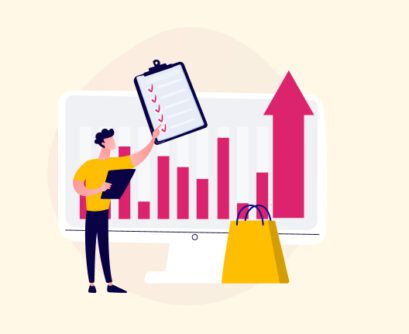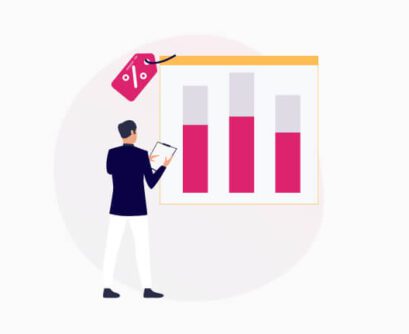How to use Amazon price tracking to improve CAC
As the proprietor of digital business, third-party retail marketplaces like Amazon provide a great avenue for success and development. At the same time, however, they are also highly competitive environments in which to do business. With so many competitors operating in the same space and vying for the attention of the same consumers, it can be challenging to stand out from the crowd and attract your target demographic.
In this context, it is essential to find the optimal balance between price and profit so that you can create mutually beneficial relationships with customers and can grow your business in a consistent and sustainable manner. That means optimizing your CAC (Customer Acquisition Cost) as much as possible in order to maximize your potential margins, and price tracking plays a major role in this.
In this blog, we’ll discuss the importance of CAC, how Amazon price tracking relates to it, and how you can use data-driven insights to improve it and drive the long-term development of your business.
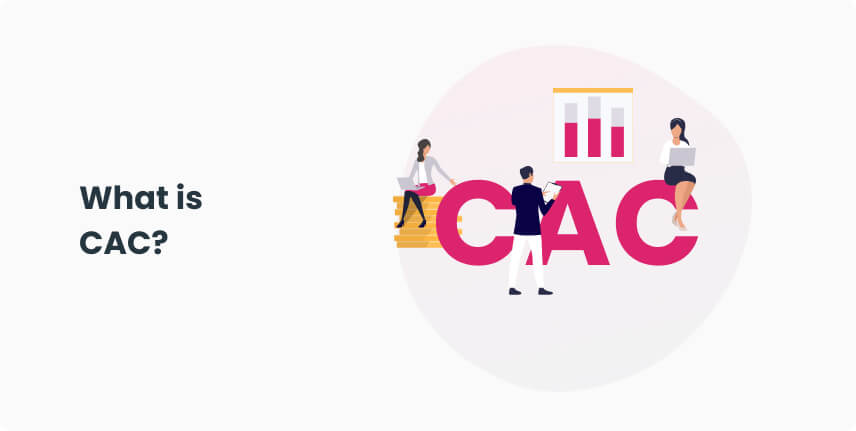
What is CAC?
Customer Acquisition Cost, or CAC, is a frequently used metric in business. As the name suggests, it provides a measurement of the cost involved in acquiring new customers. To calculate this cost, businesses divide the expenditure involved in marketing, advertising, and sales efforts by the number of customers brought in over a particular period of time. This gives companies an approximation of how much spending is required on average to acquire a customer and bring in revenue.
CAC is a useful metric as it can give an indication of the efficacy of marketing and advertising efforts across different channels. Typically, the lower a company’s CAC is, the more efficient its brand awareness and engagement-building initiatives are thought to be. Conversely, a high CAC signifies that such efforts are largely ineffective and that the brand is essentially “brute forcing” its way into acquiring customers through expenditure. Suffice it to say, the latter represents an unsustainable model.
In the context of a marketplace like Amazon, CAC will reflect factors such as manufacturing, shipping, and capital spent on digital marketing and advertising options provided to sellers by the platform itself. This can include campaigns featuring sponsored products and display ads, for instance, which often work on a pay-per-click or pay-per-impression basis. Similarly, pricing can have a considerable impact on your business’ CAC, and should always be taken into account when devising a pricing strategy.
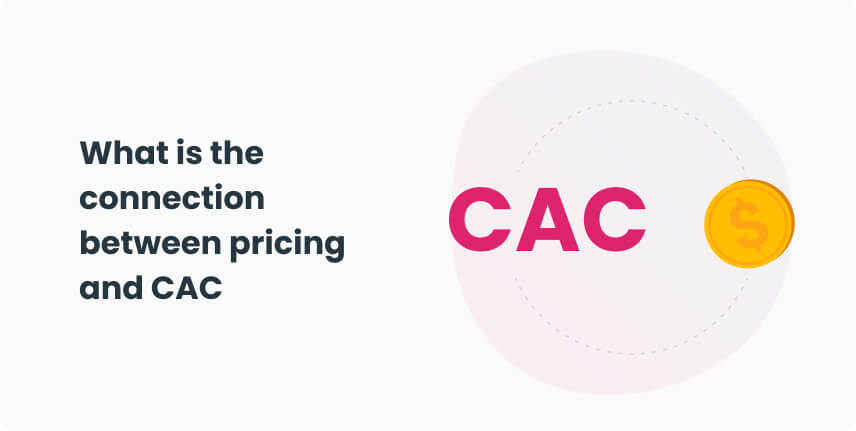
The connection between pricing and CAC
Pricing and customer acquisition costs are intrinsically connected due to the impact of the former on a customer’s willingness to buy. While a consumer’s willingness to buy encompasses a variety of different factors, such as personal preferences, product type, competition, and more, product pricing has perhaps the most considerable impact of all.
Broadly speaking, consumers are typically more inclined to buy products when they see them as offering good value for money. As a result, the greater their need or the higher they perceive the value of a product to be, the more they are willing to pay for it. However, there is a limit to this, and products that are marketed at too high a price point will drive customers toward competitors.
Regardless of the true value of a product, the nature of third-party marketplaces like Amazon means that consumer expectations are different, as shoppers’ willingness to buy is more contingent on whether they feel they are getting a bargain. In fact, research from McKinsey found that 70% of customers would only buy a product on a digital marketplace if they felt that they were paying the same or less than if they bought from the seller directly.
The relationship between pricing and willingness to buy is clear. So, when operating on a platform like Amazon, it’s crucial that you have a detailed, data-driven pricing strategy in place to help drive a willingness to buy. In doing so, you can optimize your CAC and increase the profitability of your model.
This is where price tracking comes in.
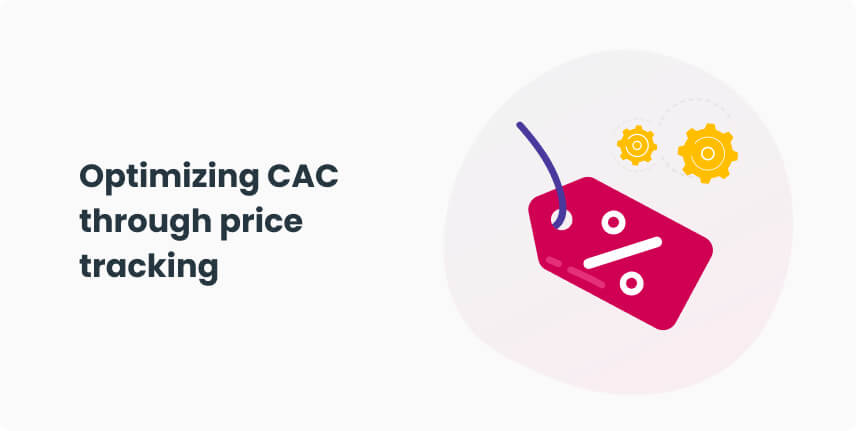
Optimizing CAC through price tracking
Amazon price tracking can improve your CAC by enabling you to accurately identify opportunities according to pricing changes and fluctuations in demand.
Using an Amazon price tracking tool, you can keep tabs on competing products within your market and get real-time updates and alerts that notify you of price changes on Amazon. By collating such data, you can piece together a clear picture of competitor behavior and market trends. Subsequently, you can use the insights gleaned from this data to adapt your pricing strategy, driving a willingness to buy in your target consumers and improving your CAC.
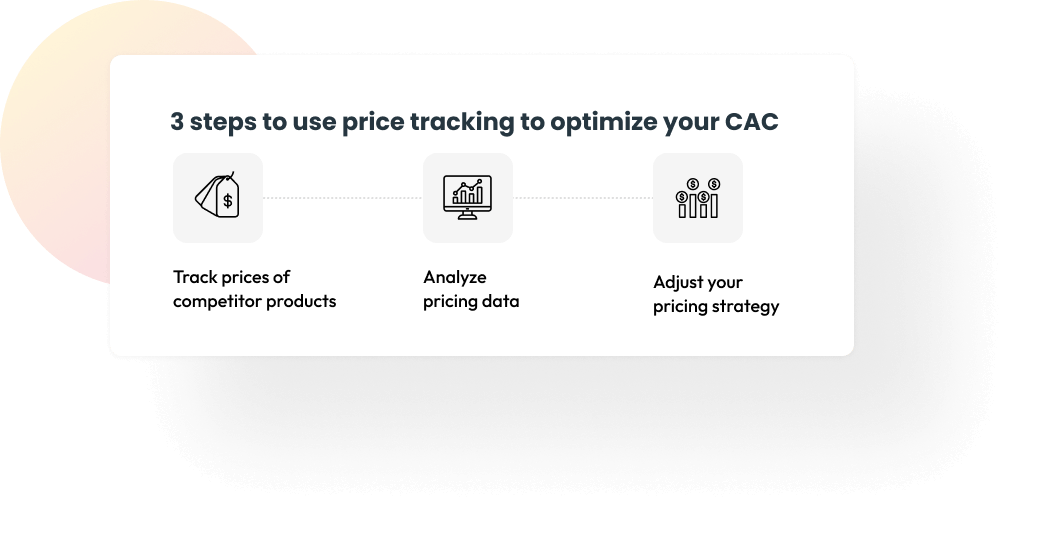
To use price tracking to optimize your CAC by using the following steps:
- Track prices of competitor products
Identify which products are competing with yours on Amazon, and add them to your tracking list on your price tracker application. This will allow you to receive notifications on price fluctuations.
- Analyze pricing data
Once you have gathered a considerable amount of pricing data on competing products, you can access pricing histories and graphs to gain a deeper insight into the pricing strategies of rival businesses. This will enable you to forecast when prices are likely to change in the future.
- Adjust your pricing strategy
Once you have a comprehensive understanding of your market and competitors’ behavior, you can tailor your pricing strategy to ensure that your product is the most appealing proposition for customers at any given moment. This could include promotional offers or discounts when demand is low, for instance, or increases in response to overwhelming demand.
By using price tracking in this way, you can ensure that the price of your product remains as close as possible to its peak value while also staying competitive on Amazon. As such, a price tracker can enable you to drive willingness to buy with comparatively little effort and expenditure, thus improving your CAC and increasing your overall profitability.
Concluding
All told, an Amazon price tracking tool can be an invaluable asset to your business. By leveraging the data provided by your tracking tool, you can gain a more comprehensive understanding of your market landscape and tailor your pricing to foster optimal performance. With a price tracker, you can create the optimal pricing strategy to drive sales with minimal expenditure. In the process, you will enhance your CAC, widen your profit margins, and drive the long-term growth of your enterprise.


